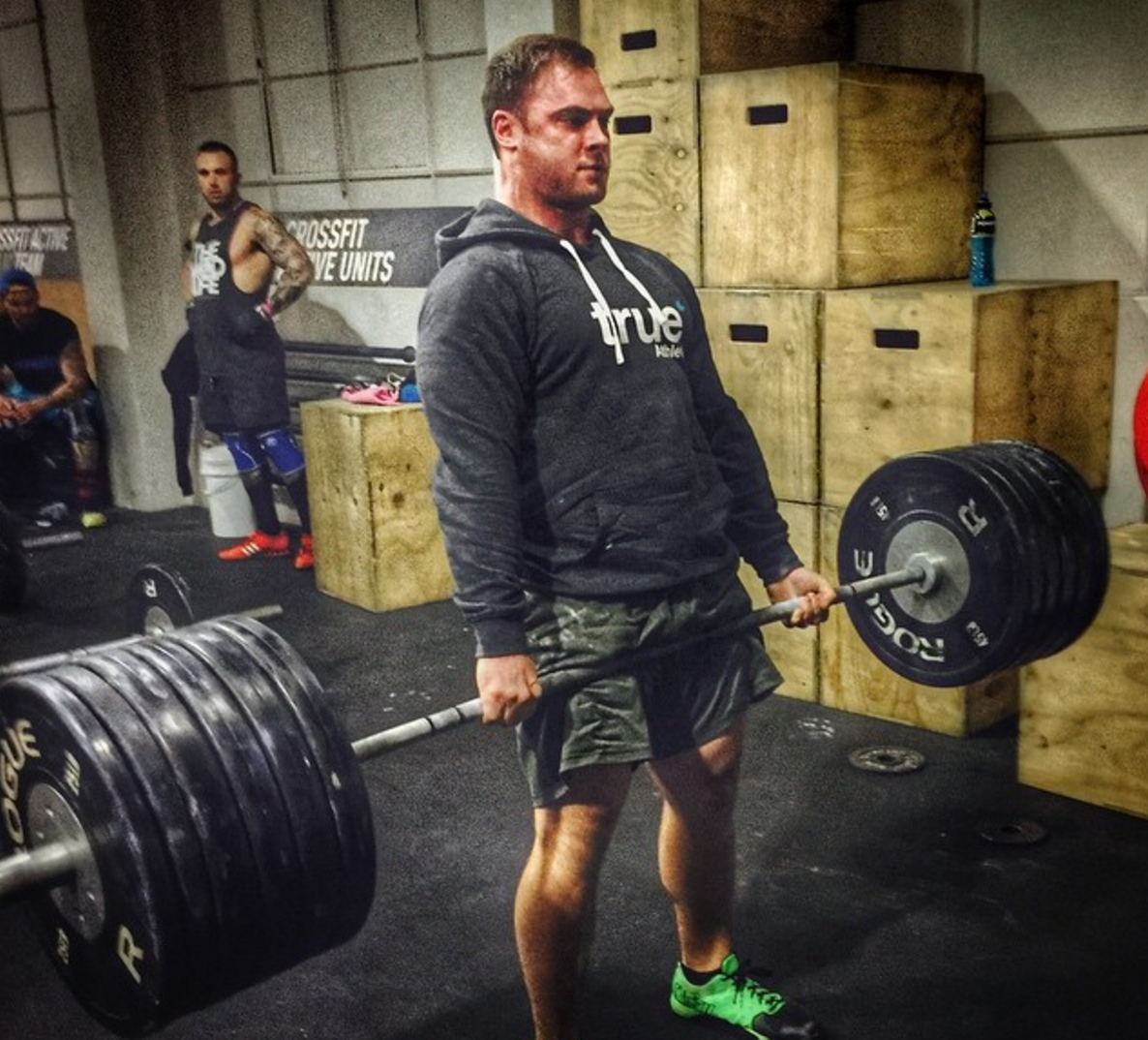Percentages vs Repetitions to Maximum
“Do you need to use percentages with your lifting program?”
“How will you know if you are actually progressing your strength by using percentages?”
“My best gains have been from working up to a heavy set of __, or __ or __. Should I follow a program that follows a progression based on a percentage of my 1RM, or should I just work up to a heavy set on a given training day?”
I get asked about this a lot, and its something that can be debated until the cows come home. Even the best strength coaches in the world can’t agree on this topic. I remember attending a course where I was told by an expert in one seminar that you should rarely use “repetition maximum” (RM) efforts in training, then immediately afterwards, in the next seminar we were told by another guru that the methods to his success involve “maxing out every week on heavy days”. Both these gentlemen are not only world-class exercise scientists, but more importantly they both have decades of successful experience with elite athletes using their methods.
This blog is to explain my current thoughts on this topic. No doubt my own position will evolve and be further refined over time, as I believe any coach’s position should.
Evidently, both ways can work really well. This is why its super important to understand the context in which you are working, and when you might apply different methods. It will be affected by training age, personality, level of supervision, goals, stage of the training cycle, recovery, concurrent training modalities, technical competency etc etc.
I’m going to try and keep this as simple as possible:
Situations where I have seen percentages work:
- If you are training to improve more than one fitness domain at the same time, such as endurance and strength. This is otherwise known as “concurrent training”. There is a large body of research to suggest that percentages can avoid overtraining in these situations.
- If the athlete is experienced enough to know their 1RM, but not experienced or confident enough to make correct decisions on progressing their loads.
- In programs designed for a large group of athletes in order to maintain control
- If the program being used has been tried and tested on similar groups of athletes, in a similar context and achieved a desirable result i.e. evidence.
Situations where I have seen RM training work:
- In experienced athletes who know how to make an appropriate decision on whether they should or should not put more weight on the bar.
- In athletes with experienced coaches who can do the above for them, and also moderate their volume and intensity based on where they are at on a given day or within their training cycle.
- In novice athletes who may not know their actual max but are working up to a relatively heavy set. Usually this wont be a true RM anyway. Rather, a safe “training RM” for the day.
In summary, both methods can work but some of the main thing to consider are training age, availability of coaching supervision, goal of the training cycle and the overall interaction of concurrent training elements.
If you enjoyed reading this, then click the link below to check out another recent blog post.
‘Discover What It Takes To Make Regionals 7 Years In A Row’
Cheers,
Luke Starr
Starr Strength & Performance


0 Comments